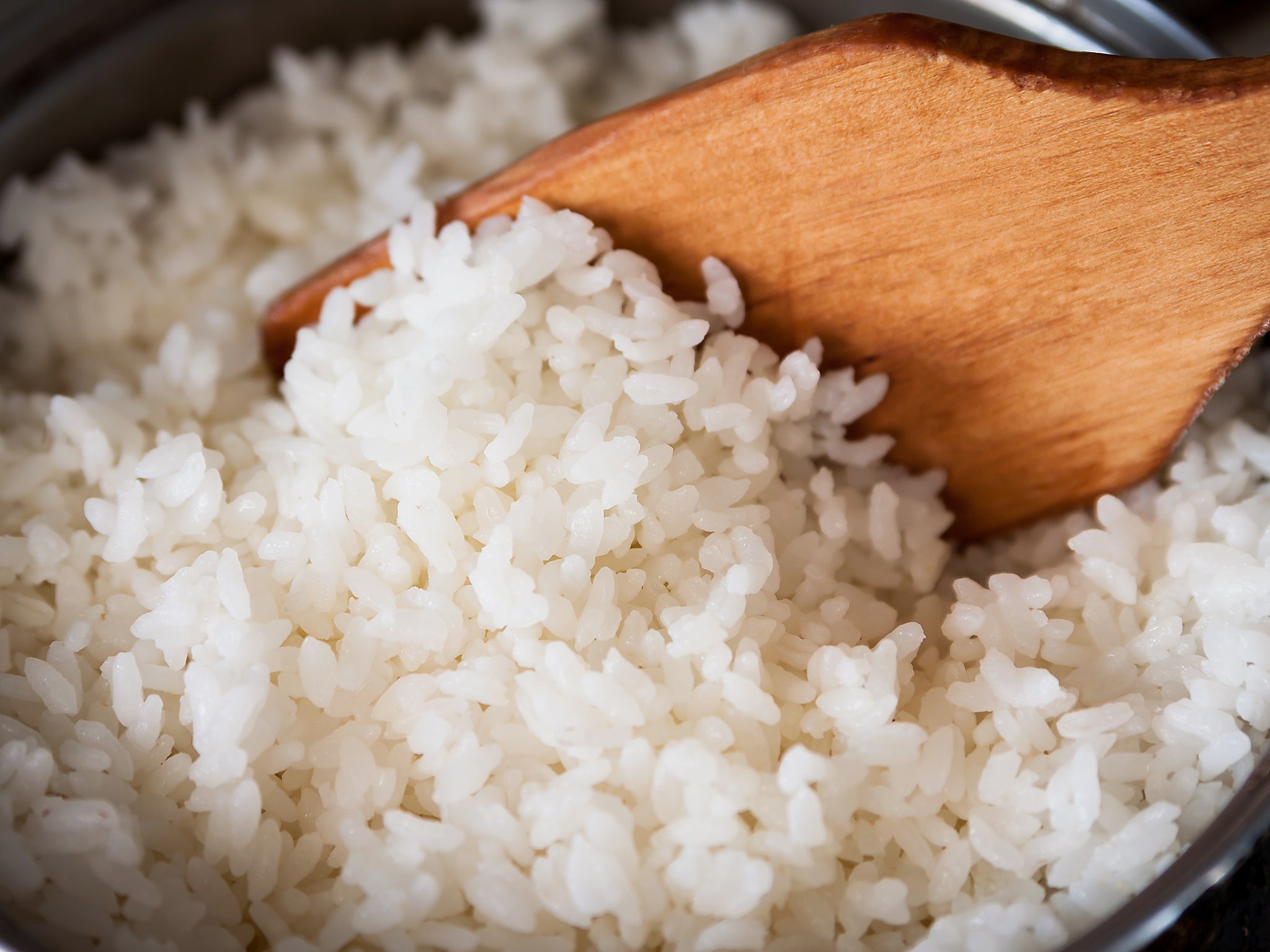
Store-bought shellfish are usually safe to eat. Algae that are consumed by shellfish produce many toxins, and these can build up in the flesh of shellfish, posing danger to humans when they consume the shellfish ( 17).

Shellfish such as clams, mussels, oysters and scallops also carry a risk of food poisoning. Like histamine, it is not destroyed by normal cooking temperatures and therefore the harmful toxins are present after cooking ( 16). This occurs due to a toxin called ciguatoxin, which is mostly found in warm, tropical waters.Īt least 10,000–50,000 people who live in or visit tropical areas get CFP each year, according to estimates. It causes a range of symptoms including nausea, wheezing and swelling of the face and tongue ( 14, 15).Īnother type of food poisoning caused by contaminated fish is ciguatera fish poisoning (CFP).

Histamine is not destroyed by normal cooking temperatures and results in a type of food poisoning known as scombroid poisoning. To reduce your risk, always wash vegetables and salad leaves and only purchase prepackaged salads that have been refrigerated.įish and shellfish are a common source of food poisoning.įish that has not been stored at the correct temperature has a high risk of being contaminated with histamine, a toxin produced by bacteria in fish. Vegetables and leafy greens can often carry harmful bacteria such as E. Do not purchase bags of salad mix that contain spoiled, mushy leaves and avoid pre-prepared salads that have been left to sit at room temperature. To minimize your risk, always wash salad leaves thoroughly before eating. In fact, between 19, 85% of the food poisoning outbreaks in the US that were caused by leafy greens such as cabbage, kale, lettuce and spinach were traced back to food prepared in a restaurant or catering facility ( 13). Leafy greens are especially risky because they are often consumed raw ( 12). It can also occur from dirty processing equipment and unhygienic food preparation practices. This can occur across various stages of the supply chain.Ĭontamination can occur from unclean water and dirty runoff, which can leach into the soil that fruits and vegetables are grown in ( 11). Vegetables and leafy greens can become contaminated with harmful bacteria, such as E. In fact, fruits and vegetables have caused a number food poisoning outbreaks, particularly lettuce, spinach, cabbage, celery and tomatoes ( 10).

Vegetables and leafy greens are a common source of food poisoning, especially when eaten raw. This will eliminate any harmful bacteria present. To reduce your risk, thoroughly cook chicken, duck and turkey meat. Raw and undercooked poultry is a common source of food poisoning. To reduce your risk, ensure poultry meat is cooked through completely, do not wash raw meat and ensure that raw meat does not come in contact with utensils, kitchen surfaces, chopping boards and other foods, since this can result in cross-contamination ( 9). The good news is that although these harmful bacteria can live on raw poultry, they’re completely eliminated when meat is cooked thoroughly. The rates of Campylobacter contamination were slightly lower in raw turkey meat, ranging from 14–56%, while the contamination rate for raw duck meat was 36% ( 6, 7, 8).

In fact, research from the UK, US and Ireland found that 41–84% of raw chicken sold in supermarkets was contaminated with Campylobacter bacteria and 4–5% was contaminated with Salmonella ( 3, 4, 5). These bacteria often contaminate fresh poultry meat during the slaughtering process, and they can survive up until cooking kills them ( 1, 2). This is mainly due to two types of bacteria, Campylobacter and Salmonella, which are commonly found in the guts and feathers of these birds. Raw and undercooked poultry such as chicken, duck and turkey has a high risk of causing food poisoning.


 0 kommentar(er)
0 kommentar(er)
